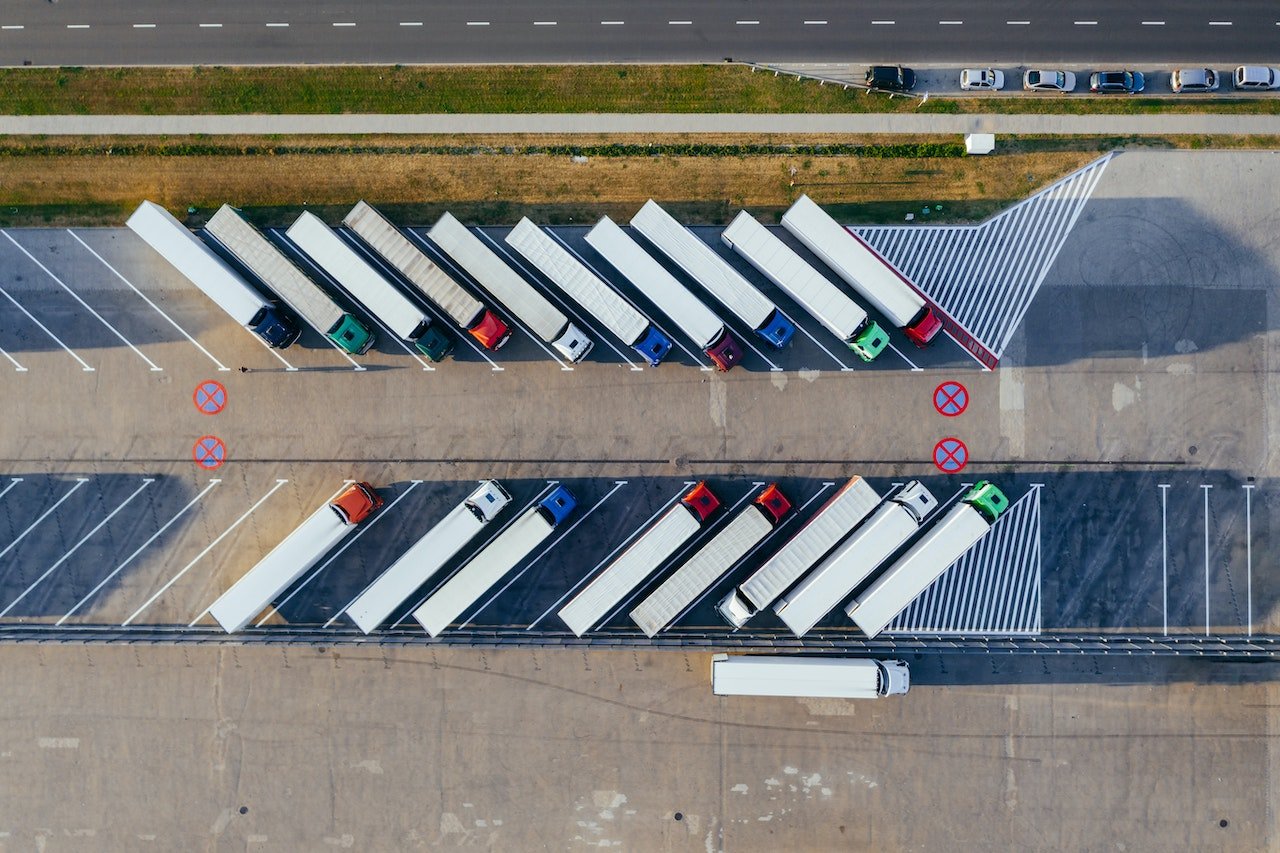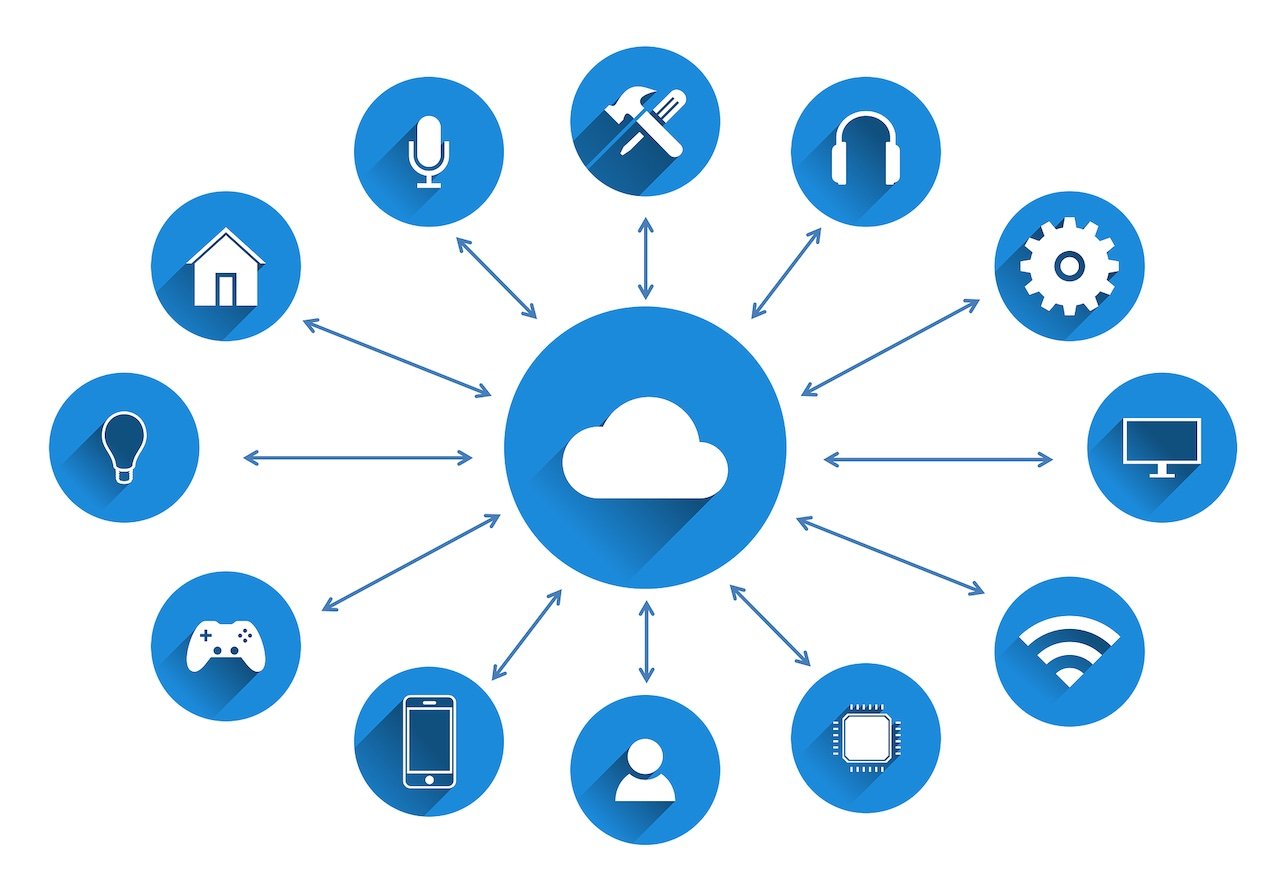
- April 2025 (1)
- March 2025 (2)
- February 2025 (1)
- December 2024 (2)
- November 2024 (2)
- August 2024 (2)
- June 2024 (3)
- May 2024 (3)
- April 2024 (1)
- March 2024 (3)
- February 2024 (2)
- January 2024 (2)
- December 2023 (1)
- November 2023 (2)
- October 2023 (2)
- September 2023 (1)
- August 2023 (1)
- July 2023 (2)
- June 2023 (3)
- May 2023 (2)
- April 2023 (1)
- March 2023 (4)
- February 2023 (1)
- January 2023 (2)
- November 2022 (2)
- October 2022 (1)
- September 2022 (1)
- August 2022 (2)
- July 2022 (2)
- June 2022 (2)
- May 2022 (1)
- April 2022 (3)
- March 2022 (1)
- February 2022 (3)
- January 2022 (2)
- December 2021 (1)
- November 2021 (1)
- October 2021 (2)
- September 2021 (3)
- August 2021 (1)
- July 2021 (4)
- June 2021 (1)
- May 2021 (2)
- April 2021 (2)
- March 2021 (2)
- February 2021 (3)
- January 2021 (3)
- December 2020 (1)
- October 2020 (1)
- August 2020 (1)
- August 2019 (1)
- January 2019 (2)
- September 2018 (5)
- June 2018 (1)
- November 2017 (1)
- September 2017 (1)
- July 2017 (1)
- May 2017 (1)
- January 2017 (1)
- October 2016 (2)
- August 2016 (1)
- July 2016 (1)
- June 2016 (1)
Subscribe by email
Fleet management operations of all sizes are taking advantage of the many ways IoT can improve their performance, including efficiency, safety, and ease of management. And the opportunity for further innovation using IoT is significant. A 2019 report from MarketsandMarkets estimates the market size for IoT fleet management solutions will be more than $8 billion by the end of 2021, representing an average of more than 21% annual growth. IoT is creating a wealth of opportunities for fleet managers in several ways, and this article serves as an introductory guide to how your company can leverage it for greater growth.
What is Fleet Management?
Fleet management includes all of the activities required to keep a fleet of vehicles running on time and within budget in an efficient manner. It ensures the maintenance and performance of the fleet so that the business runs as smoothly and productively as possible. Fleet management balances the desire for efficiency and productivity with an eye towards safety and long-term sustainability.
Many different kinds of companies manage fleets, from retailers to service companies. For example:
- Shippers like UPS and FedEx have fleets of trucks and vans responsible for shipping billions of packages every year. And, of course, the United States Postal Service (USPS) also has an extensive fleet.
- Utility companies, like internet and electric companies, manage a fleet, usually regionally.
- Waste management companies have fleets of service vehicles.
- Consumer packaged goods (CPG) manufacturers and retailers usually have a fleet of delivery vehicles.
- Construction companies maintain equipment and vehicle fleets.
- Home service companies like HVAC and plumbing companies have service fleets.
Fleet vehicles are literally everywhere, and many product and service companies depend on their fleets to deliver their offerings to retailers and customers.
How is IoT Revolutionizing Fleet Management?
IoT makes fleet management easier and simpler while streamlining processes to reduce costs. Fleet managers can use IoT to optimize maintenance and logistics, better comply with regulatory requirements, improve fuel efficiency, monitor driver performance and promote safer habits, maintain vehicle health, improve scheduling for on-time delivery, and increase customer satisfaction. Here are five ways IoT is driving fleet management forward.
Vehicle management and maintenance
IoT can optimize performance, which can extend the life of a fleet and reduce costs. Using sensors, vehicles can send automated alerts when parts require maintenance or are experiencing an issue. Additionally, they can identify when a battery needs to be replaced or when coolant temperature is off. IoT-enabled remote cameras allow for remote inspections or for monitoring when drivers get tired and are at risk of injury.
Fuel efficiency
IoT assists in improving fuel management, identifying issues with vehicles, scheduling preventive maintenance, and increasing idling time efficiency. These activities reduce costs and create a smaller carbon footprint. Using IoT, companies can also reduce inefficient acceleration, bad breaking patterns, and excessive speed.
Visibility
IoT can provide significantly increased visibility into fleet operations, which companies can use to make strategic changes for efficiency gains. From route planning to optimizing downtime, companies can use data generated by IoT sensors and supply chain systems to more effectively manage their operations.
Automation
Using IoT, fleet operators can automate many processes. For example, automatic notifications can be sent when a vehicle needs service, for weather warnings, and when a trip needs to be rerouted due to traffic or some other disruption.
Security
IoT can be used to remotely lock an engine to keep unauthorized drivers from being able to access vehicles. Companies can proactively address safety concerns before they become a problem.
These improvements represent some of the most significant changes we’re seeing in fleet management today, and we’re sure IoT will continue to revolutionize this industry in new and innovative ways.
Examples of IoT in Fleet Management
There are so many innovative examples of companies using IoT in fleet management today. Here are some examples of several Zipit customers as well as other established companies across different segments of transportation to give you an idea of how today’s businesses are using IoT and the benefits they’re seeing from it.
- PursuitAlert — This Zipit client offers near real-time GPS and location tracking data and history for law enforcement. The company even offers information on pursuit paths of police cruisers with alerts to civilians of high-speed pursuits to help keep them safe.
- Dreyev — In partnership with Zipit, Dreyev installs cameras in tractor-trailer trucks that monitor driver awareness, helping fleet managers and keeping drivers (and other motorists) safe from things like driver tiredness or distracted driving.
- G.E. Transportation (now part of Wabtec Corporation) — This company provides equipment, systems, digital solutions, and value-added services for freight rail, transit, mining, industrial, and marine.
- KeepTruckin — KeepTruckin offers an electronic logging device (ELD) that tracks truck-driving time mandates, vehicle inspections, and fuel tax reporting to maintain compliance.
These are just a few of the many examples of IoT improving fleet management being implemented today. We’re also seeing companies that help to improve fuel efficiency, provide predictive maintenance alerts, and monitor driving habits, which can be used across all fleets. It will be interesting to see how these advances evolve over the coming years as more and more fleet management companies and businesses that manage fleets take advantage of all that IoT has to offer.
How Zipit Helps Fleet Management Companies Stay Connected with IoT
Zipit offers worldwide tier-one carrier connectivity from the top cellular providers. We partner with companies in transportation and other industries, making it easier to launch and monetize IoT solutions anywhere in the world. Innovative fleet management companies can leverage Zipit’s sophisticated and intuitive multi-carrier platform to manage device connections, handle billing, and more.
Want to know more about Zipit’s robust yet intuitive IoT platform to connect and monetize IoT solutions for the transportation industry? Contact us to discuss your company's unique needs. We’re happy to offer insights based on our extensive experience.
You might also like:
Related Content
The latest IoT insights and platform updates from Zipit.
IoT devices need flexible network technologies optimized for low-power application...
The network an IoT device selects significantly impacts the strength and reliabili...
Deploying an IoT solution brings significant value to businesses, but it also intr...



